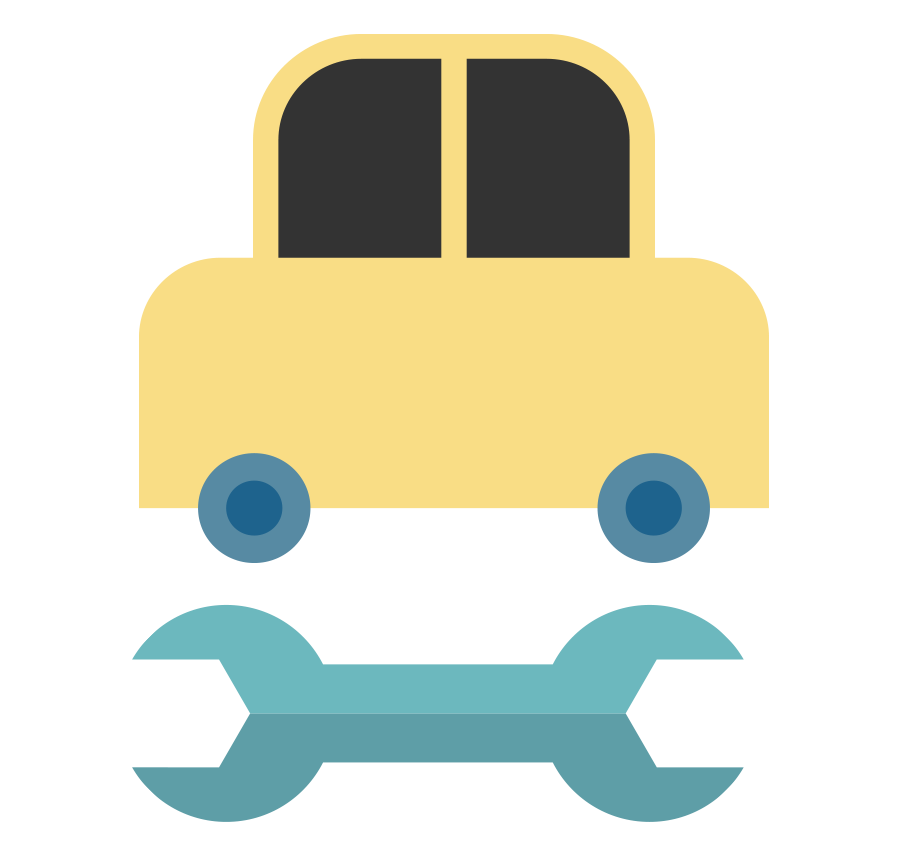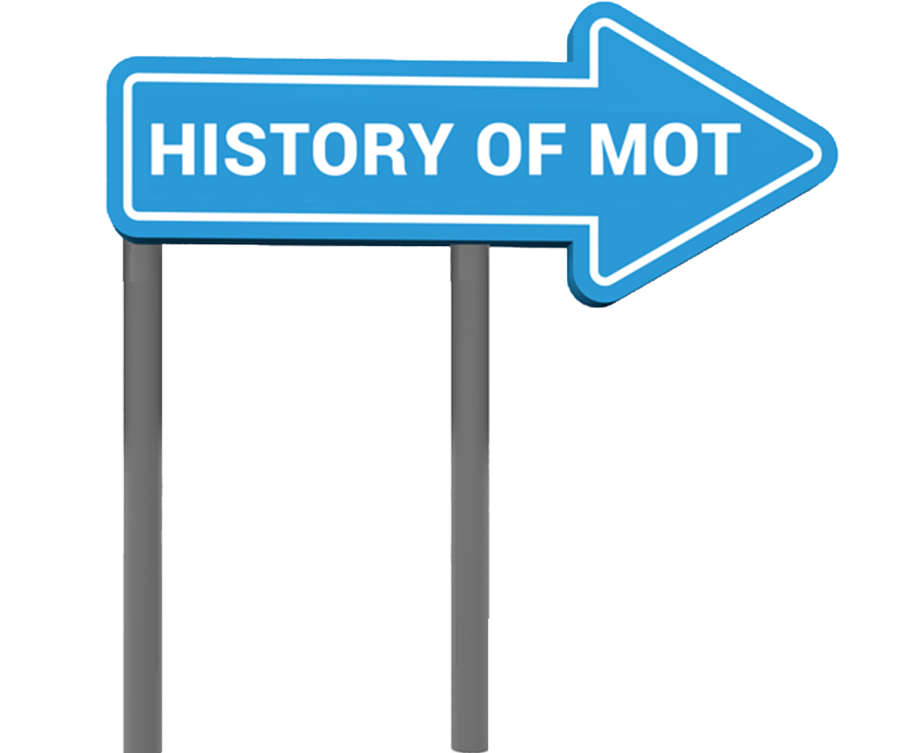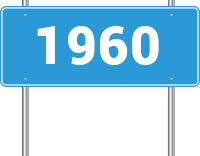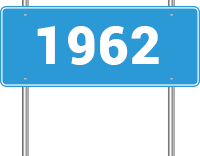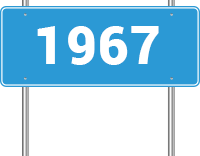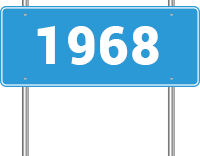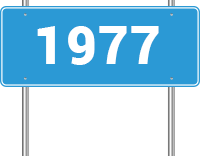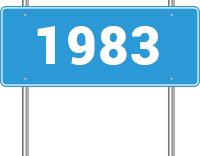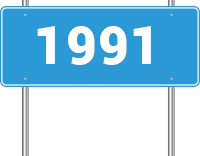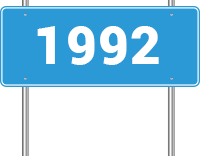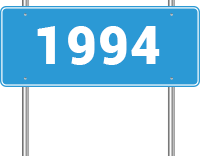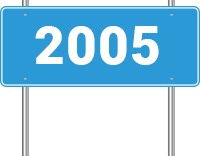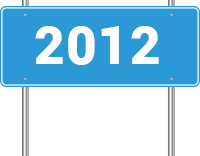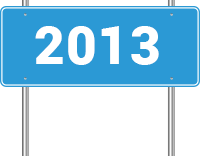History of the MOT
The MOT (Ministry Of Transport) Test is a vehicular safety examination carried out annually by law on all cars over 3 years of age from their first registration date. All cars are required to undergo their MOT by law and an active certificate is also a prerequisite for some car insurance companies- in of itself a legal requirement.
Driving a car without an MOT Certificate is an offence punishable by fines up to £5,000 initially, although this can expand exponentially as repeat offenders will be court summoned, which incurs steep court fees.
However, these penalties are nothing compared to the risk you run to your health by avoiding your MOT Test.
Over the years, the test has seen many changes and modifications to its contents, format and legal requirements. As the world progressed into the 21st century, the MOT Test has become more autonomous than ever before. Vehicles with an expired and not renewed MOT certificate are automatically passed onto the police after a period of time, meaning dodging your MOT is harder than ever before.
